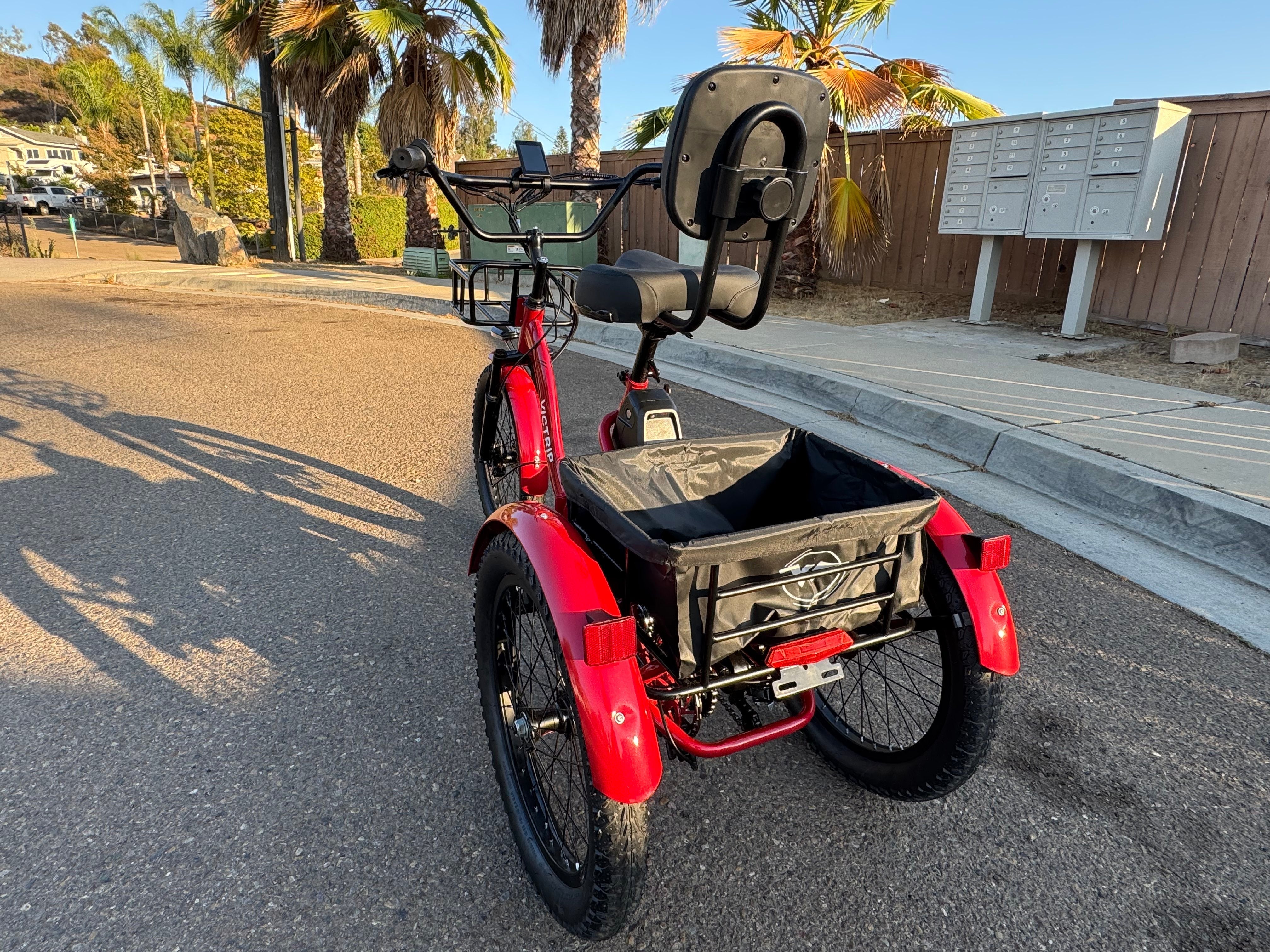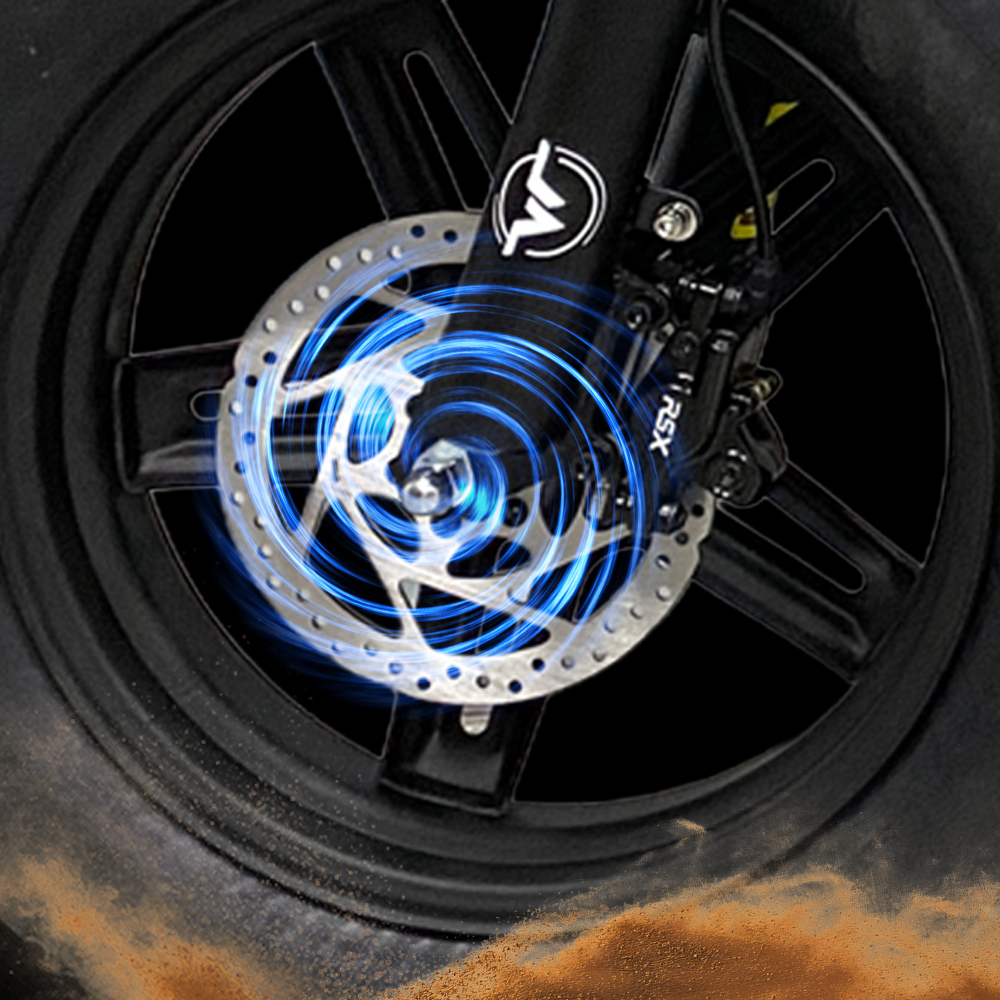Yes — for many people in the UK an eBike is worth the investment. It’s not a miracle cure, but it often pays off in time saved, commuting comfort, and reduced transport costs — especially when you take advantage of employer schemes and local grants. This guide walks you through the costs, laws, savings strategies, and how to choose a bike that actually delivers value. We'll also flag the risks you must avoid so your purchase stays legal and safe.
Why consider an eBike?
E-bikes are more than ‘bikes with motors’. They change travel choices. If you’ve ever thought, “Is cycling for me?” but worried about hills, sweat, or long distances, an eBike often fixes those problems. It’s more than convenience — it can reshape daily life.

Commuting gains
Many commuters swap a cramped bus or a packed train for a steady, predictable eBike commute. Door-to-door times shrink because you avoid waiting and transfers. You’ll probably arrive less stressed and, often, more on time. For short-to-mid distances (2–10 miles) eBikes are frequently faster door-to-door than public transport in urban areas.
Health and wellbeing
Contrary to the idea that eBikes remove effort, they typically increase weekly activity. Riders choose the pedal assist level that suits them, so many end up riding more often and covering longer distances. Over weeks and months, that adds up to a measurable health benefit — cardiovascular activity, better mood, and more outdoor time.
Environmental impact
If you replace a car trip with an eBike trip, you reduce per-trip emissions dramatically. Even compared with public transport, an eBike’s carbon footprint is often lower on short urban routes. For cities trying to cut congestion and pollution, more eBikes equals cleaner air and calmer roads.
True costs: purchase, running, and hidden spend
You should budget for more than the sticker price. Here’s a clear breakdown so you’re not blindsided.
Purchase price and what it buys
E-bikes span a wide price range:
-
Budget: £600–£1,000 — basic commuter eBikes with modest motors and short-range batteries.
-
Mid-range: £1,000–£2,500 — better batteries, reputable brands, longer warranties.
-
Premium: £2,500+ — high-capacity batteries, hydraulic brakes, integrated tech, and often full suspension or cargo capability.
Spending more generally brings better battery life, stronger components, and longer manufacturer support. Think of the price as partly an insurance policy against early failures.
Running costs: batteries, servicing, insurance
-
Electricity: Charging a typical eBike battery for many UK households costs pennies per full charge — maybe £0.05–£0.20 depending on battery size and tariff.
-
Servicing: Annual service costs might be £60–£150 depending on complexity. High-mileage or cargo bikes cost more.
-
Batteries: A replacement battery can be £200–£600+. Good care (avoiding deep discharge, storing between 5–20°C) extends battery life.
-
Insurance & security: If you park outside, insured cover against theft costs extra (or choose a policy that bundles bikes). High-theft areas can wear into the budget.
Depreciation & resale value
E-bikes depreciate faster than cars but better than cheap scooters. Good maintenance, service records, and a reputable brand hold value. Expect roughly 30–50% depreciation after two years depending on make, use, and market.
Practical note: buy what you need. A commuter won’t benefit from a heavy cargo bike; a cargo buyer will regret a light commuter model.
Law, safety and regulation you must know
Buying an eBike also means keeping it legal and safe. The UK has clear rules for what counts as an electrically assisted pedal cycle (EAPC).
UK legal rules for eBikes
In the UK an eBike is legal as a standard bicycle (EAPC) if:
-
The motor’s continuous rated power is ≤ 250 watts.
-
It must not provide assistance above 15.5 mph (25 km/h).
-
The motor must cut out when you stop pedalling (or when you hit that top speed).
These rules mean you don’t have to register or tax the bike like a moped — but the bike must comply with those technical limits.
Read More: Are EBikes Legal in the UK? Everything You Need to Know.
Illegal conversions & safety problems
There’s a growing market for high-power conversion kits and ‘off-road’ marketed machines that exceed legal power/speed. These can be fast, but they’re often dangerous, and many local bodies and MPs have called for urgent action to stop sales of illegal, high-power eBikes because of safety and fire risks. If you buy a non-compliant machine, it’s essentially an unregistered motor vehicle — and that brings legal and insurance trouble.
Insurance, theft and fire risk
Two practical hazards to budget for:
-
Theft — invest in a good lock and register the bike. Theft rates vary regionally.
-
Battery fire risk — cheap batteries and poor chargers can be dangerous. Buy from reputable sellers, and follow charging/storage guidance.
Incentives, schemes and how to save money
Buying smart means using employer or local schemes to reduce the purchase cost.
Cycle to Work scheme explained
The UK Cycle to Work scheme lets many employees buy a bike through salary sacrifice, saving income tax and National Insurance contributions — this can reduce the effective price by up to ~42% for basic-rate taxpayers on qualifying purchases. The scheme commonly covers eBikes if the employer accepts them and follows scheme rules. Check your employer’s participation and limits.
Local & council grants
Local councils sometimes run specific subsidy programmes — from small grants to substantial discounts for cargo or family eBikes. Examples include borough-level offers and trial schemes that run seasonally; availability varies by area and year (some schemes ran through 2024–2025). Always check your local council pages or trusted bike retailers for current offers.
Choosing a bike that delivers value
Not every eBike is right for every rider. Match the bike to your daily needs.
Technical checklist
-
Range: realistic range at your typical assist level — most makers give ranges but test reviews matter.
-
Battery warranty: aim for at least 2 years.
-
Motor type: hub motors are fine for commutes; mid-drive often gives better hill-climbing and efficiency.
-
Brakes & tyres: good brakes are non-negotiable. Wider, puncture-resistant tyres suit London streets.
Types and uses
-
Commuter/urban — lighter, efficient, good range.
-
Cargo/family — heavier but can replace a car for short trips.
-
Folding — great for mixed-mode commutes with trains. For instance, the VICTRIP TITAN S long range ebike offers impressive specifications including a 48 V 60 Ah battery, up to 298 km range in pedal-assist mode, 100 Nm of torque and a foldable frame ideal for storage or multi-modal commuting.
-
Hybrid/trekking — long range and comfort for leisure riders.

Maintenance, longevity and total cost of ownership
An eBike properly maintained will last. Keep service records and follow these basics:
-
Regular tyre pressure checks and brake adjustments.
-
Annual professional service to check wear and battery health.
-
Keep the drivetrain clean — eBike motors add torque and accelerate wear.
If you keep your service receipts and properly document repairs, you’ll get a better resale price.
Real-world examples & quick ROI math
Let’s run two simple scenarios to show how value adds up. (Numbers are illustrative.)
Scenario A — Urban commuter
-
Distance: 6 miles each way, 120 commuting days/year.
-
Car cost (fuel, parking, depreciation): ~£5 per day → £600/year.
-
eBike: mid-range purchase £1,500; running + insurance ~£200/year.
-
If the eBike replaces the car for 120 days, annual saving ≈ £600 − £200 = £400. That’s a multi-year payback when combined with non-financial benefits (time, stress).
Scenario B — Mixed commute + shopping (family)
-
Replace some short car trips and local supermarket runs; greater marginal savings due to avoided short car trips and parking fees.
-
Cargo eBikes are pricier but may replace a second car for families in constrained urban areas; payback can be under 4–5 years when factoring in full ownership costs and grants.
These simplifieds show that for many urban and peri-urban riders, an eBike pays off financially in a few years — and sooner if you use employer schemes or local subsidies.
Common objections — answered
-
“They’re just expensive toys.” — They can be an investment that reduces daily transport costs and commuting stress; they’re tools, not toys.
-
“I’ll sweat arriving at work.” — You can use lower assist levels or choose routes; many riders arrive less sweaty than on a traditional bike because effort is spread.
-
“I’m worried about theft.” — Use good locks, insured storage, and consider onboard GPS trackers.
-
“Batteries are risky.” — Buy reputable batteries and chargers, follow manufacturer charging advice to minimize risk.
Conclusion — final recommendation
So, are eBikes worth the investment in the UK? For many urban and suburban commuters, families doing short local runs, and leisure riders who want to travel further with less effort — yes. Use employer schemes, check local grants, buy from reputable retailers, and make sure the bike you buy complies with UK law. Balance is key: pick the right type (commuter vs cargo), budget realistically for battery replacement, and protect your bike against theft and fire risk. With sensible choices, an eBike can be one of the most practical transport investments you’ll make.
For official legal details, see the UK government guidance on electric bike rules.
FAQs
Q1: Are eBikes legal to ride on UK roads?
A: Yes — if they meet the EAPC criteria (≤250W, assist ≤15.5mph and operable only when pedalling). If the bike is altered to exceed those limits, it’s not a standard bicycle.
Q2: Can I use the Cycle to Work scheme for an eBike?
A: Often yes. Many Cycle to Work schemes accept eBikes but rules vary by employer and scheme administrator. Speak to HR and check scheme limits.
Q3: How long will a typical eBike battery last?
A: With usual care, batteries often last 3–5 years depending on cycles, charging habits, and climate. Expect replacement costs in the hundreds of pounds eventually.
Q4: How much does it cost to charge an eBike?
A: Charging costs are small: a full charge might cost only a few pence to a few tens of pence depending on battery size and electricity tariffs.
Q5: Are high-power eBikes legal?
A: High-power eBikes that exceed the UK limits are not legal as standard bicycles; they may be classed as mopeds or illegal and can create safety and legal exposure. MPs and safety groups have warned about risks from illegal machines.




Share:
How the UK Government Supports EBike Adoption?